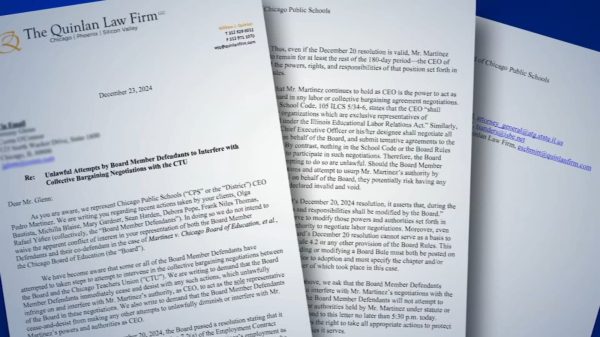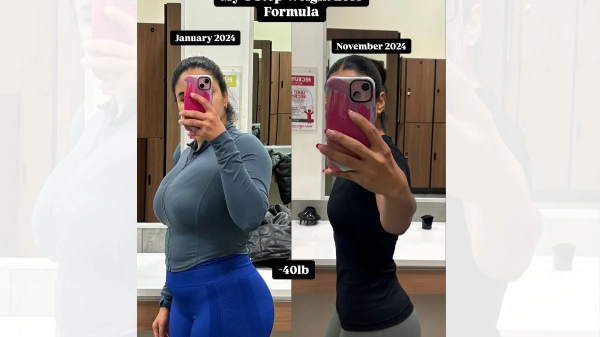According to medical professionals, the great majority of people who believe they have a penicillin allergy either no longer have it or never did. These days, “delabeling” those allergies is popular.
The majority of people who think they have a penicillin allergy are actually not allergic to the antibiotic and can use it safely, according to research being conducted by an increasing number of allergists and public health officials across the country.
According to medical professionals, the so-called delabeling of penicillin allergies would have a significant positive impact on public health by enabling quicker and more efficient treatment for those who have lived their entire lives avoiding penicillin and related medications, such as amoxicillin, as well as the chance to slow the rise in antibiotic resistance.
Assistant professor of allergy and immunology at Vanderbilt University Medical Center in Nashville, Tennessee, Dr. Cosby Stone, stated, “There is an evolution going on in that all of us are moving from a reactive approach to a proactive approach.” “That is to say to patients, ‘I think I should test this allergy for you because I think it’s going to cause you a problem, either now or in the future.'”
As per the Centers for Disease Control and Prevention, penicillin allergies are reported by approximately 10% of the US populace. The majority of those patients had long since been informed that they were allergic to penicillin; this was typically the case after the drug was taken as a baby and the patient developed a rash a few days later.
Because their sibling or another family member had an allergy, some people simply assumed they did as well.
However, less than 1% are actually allergic, according to the CDC.
“Some of the things that we thought were allergies just aren’t,” Stone stated. “The other thing is that even true allergies fade over time. People grow out of them.”
At Vanderbilt, Stone is in charge of testing patients whose medical records indicate they may be allergic to penicillins. The antibiotic is administered in small doses to patients in a controlled setting, and their reactions are tracked.
According to Stone, “we have to test 100 people in order to find one” who responds.
Most of those reactions are not severe, but some can be. Individuals may experience nausea, diarrhea, or rashes.
Dr. Gerald Volcheck, chair of allergy diseases at the Mayo Clinic in Rochester, Minnesota, stated that “those are just side effects” of the medication.
According to Volcheck, the number of people being tested for actual penicillin allergies has increased recently. “There really seems to be a nationwide push for this delabeling.”
The CDC has been actively monitoring the efforts and advises people to get tested even in the absence of federal guidelines for penicillin delabeling.
Melinda Neuhauser, a pharmacist and the acute care lead for the CDC’s Office of Antibiotic Stewardship, wrote in an email that eliminating a false allergy “opens up the options for treatment for patients and results in less use of antibiotics that contribute more to antimicrobial resistance.”
When treating bacterial infections in patients who are allergic to penicillins, doctors need to look for alternative antibiotic options. But the efficacy of those medications varies.
“We know that patients are getting the wrong antibiotics,” Stone stated.
When a patient is unable to receive penicillin, broad-spectrum antibiotics are frequently administered; however, they may not be as effective and ought to be reserved for the most serious bacterial infections.
It could take longer for patients to get off those other antibiotics. The fact that they are less effective allows bacteria to proliferate and develop more defense mechanisms against the medications that do manage to combat them.
Woerner is being treated by Stone, who stated, “A low-risk penicillin allergy was added to her chart as a 2-year-old.” “For 30+ years, this meant whenever she got sick, her doctors had to work around it.”
“The ideal scenario would have been to test her penicillin allergy when she was a child,” he stated.
With her young patients, Dr. Kimberly Risma, a pediatric allergy and immunology professor at Cincinnati Children’s Hospital, is using that strategy.
Tens of thousands of children in the hospital system have allergies to antibiotics, including penicillin, according to their medical records, Risma said.
After taking an antibiotic, kids occasionally experience some swelling or a rash that lasts for several days. According to Risma, families have legitimate concerns about this, which is why they ask doctors to prescribe different antibiotics.
However, Risma noted that it’s possible that those allergy symptoms are more of an immune response to the infection being treated than an allergy to the medication.
As part of her testing protocol, the children, and occasionally even the babies, receive a dose of liquid amoxicillin and are closely observed for 48 hours afterward. This type of testing has been carried out by her team since 2016.
“More than 95% of kids are actually not allergic when tested again,” Risma stated. “It is a game-changer for families.”
















































